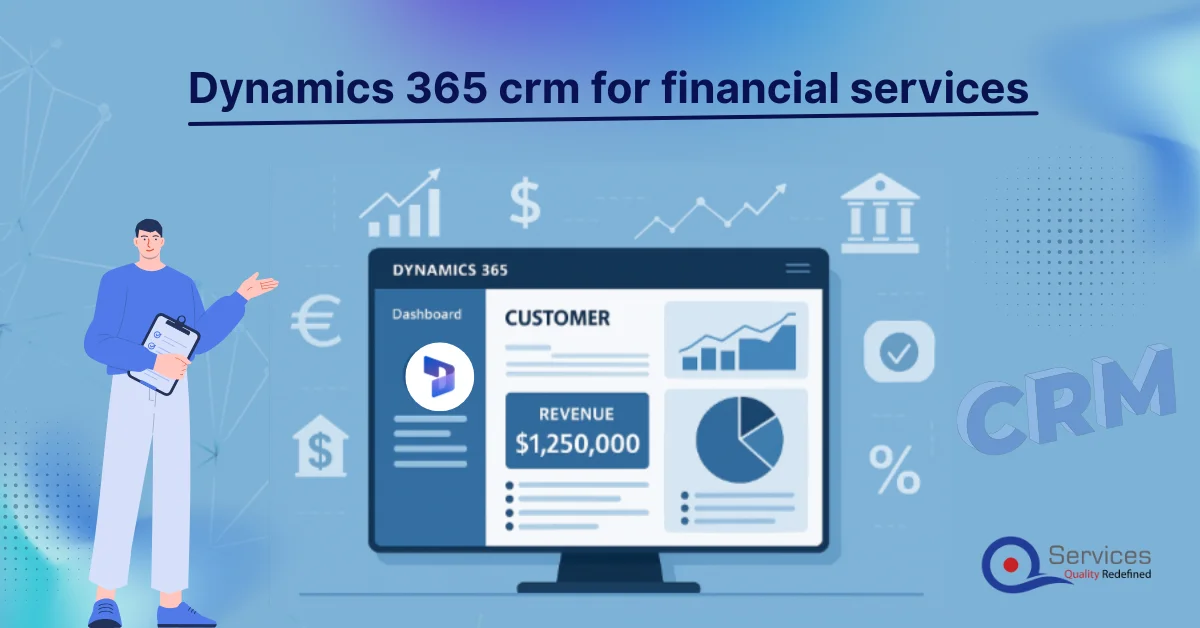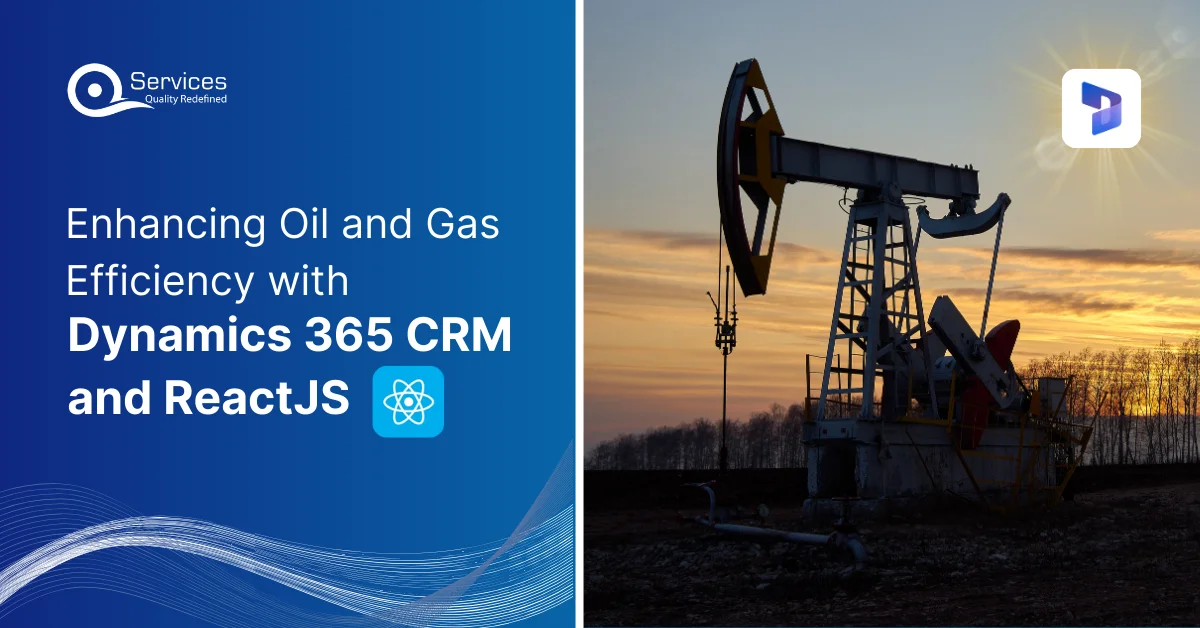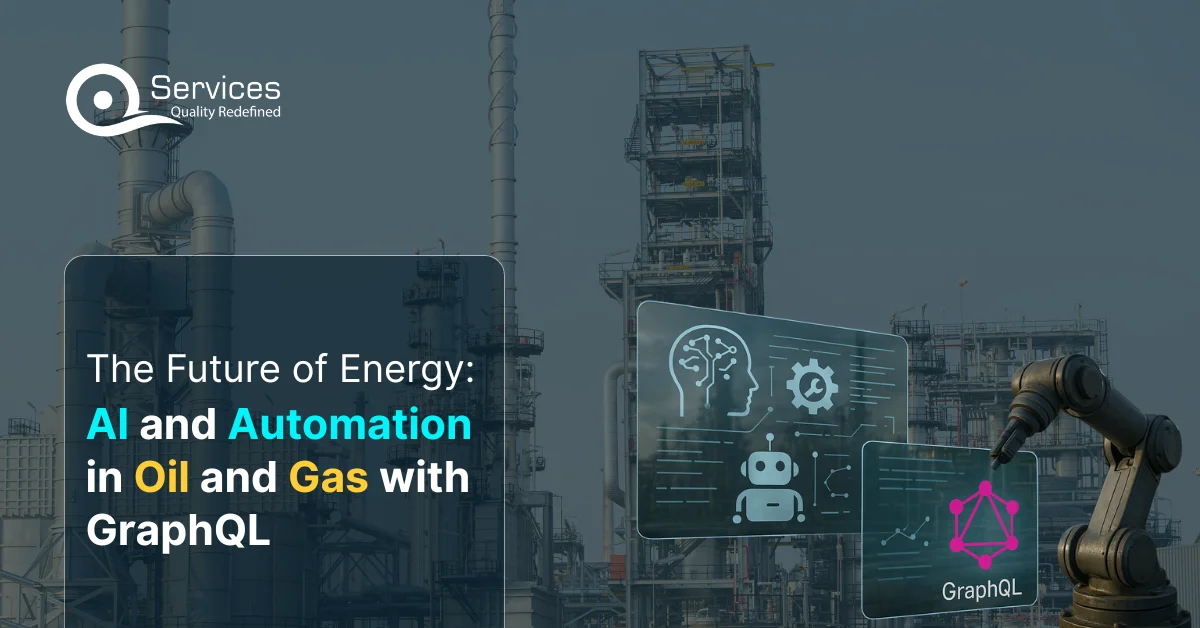
Rewards
.





CANADA
55 Village Center Place, Suite 307 Bldg 4287,
Mississauga ON L4Z 1V9, Canada
Certified Members:
.



Home » Predictive Maintenance in Oil and Gas with Generative AI and MongoDB

The oil and gas industry works in some of the most challenging and most demanding environments on the planet. From offshore rigs to large refineries, the machinery and infrastructure that powers this sector is extremely important for the global energy supply chain. However, equipment failures can lead to costly downtime, security risks and environmental hazards. Here, predictive AI maintenance will be deployed to revolutionize the way the industry manages its assets. Generated AI and MongoDB allow oil and gas companies to implement predictive maintenance solutions that improve efficiency, reduce costs and ensure operational continuity.
This blog uses Generated AI and MongoDB to enter your oil and gas forecasts and explore its applications, benefits, challenges and future possibilities. It covers AI in forecasting expectations, presents its role as a robust data platform for MongoDB, and provides implementation able knowledge to implement predictive oil and gas expectations using generated AI and MongoDB.
The oil and gas sector is based on complex devices (pumps, compressors, turbines, pipes) that operate under extreme conditions. Traditionally, maintenance has included a reactive (fixing if it breaks) or preventive (planned maintenance) approach. However, these methods are inefficient. Reactive maintenance leads to unplanned downtime, while preventive maintenance often leads to unnecessary repairs. Forecast costs operated by AI for forecasting forecasts provide a more intelligent alternative. By analyzing actual data data from sensors and historical records, AI prediction expectations predict that devices are likely to break down so that companies can actively intervene. This transition from reactive to aggressive maintenance is extremely important in an industry where downtime costs millions of dollars a day. Enter Generate AI and MongoDB. While artificial intelligence in prediction expectations improves prediction accuracy by generating synthetic data and discovering hidden patterns, MongoDB, a flexible NOSQL database, provides the infrastructure for storing and processing large data records. Together, they use generation AI and MongoDB to form a powerful framework for forecasting solutions for the oil and gas industry.
Generated AI refers to an artificial intelligence model that allows you to create new data. B. Photos, text, or time series based on patterns learned from existing data records. In relation to AI and predictive maintenance, the generated AI can simulate device behavior, create synthetic failure scenarios, and extend limited predictive data records. This ability is especially valuable in oil and gas, where real-world data can become rare due to the high reliability of critical systems. For example, the
can use CIs in predictive maintenance to model how a turbine can be dismantled under certain conditions using a controversial network (geese). This AI-based predictive maintenance approach allows engineers to predict mistakes without waiting for them to appear on-site.
MongoDB is a leading NoSQL database known for its scalability, flexibility, and ability to handle unstructured data. In predictive maintenance with AI, it serves as the foundation for storing sensor readings, maintenance logs, and AI-generated outputs. With MongoDB cloud service options like MongoDB Atlas, oil and gas companies can deploy a fully managed cloud MongoDB solution, ensuring high availability and real-time data access across distributed operations.
MongoDB Atlas also supports advanced querying and indexing, making it ideal for artificial intelligence predictive maintenance workflows that require rapid data retrieval and analysis. Whether it’s time-series data from IoT sensors or complex AI models, MongoDB handles it all seamlessly.
The combination of Generated AI and MongoDB transforms AI forecast predictions into game-changers for the oil and gas industry. How to co-operate:
1. Generated AI data expansion and gas equipment errors are rare but catastrophic. Generated AI handles the creation of synthetic data records, allowing AI maintenance systems to train more robust predictive models. These data records are stored in MongoDB and can be queried and analyzed alongside actual data.
2. Real-time monitoring and forecasting on rigs and pipelines. IoT sensors generate a large amount of data. MongoDB’s scalability ensures that this data is stored efficiently, while AI enables real-time prediction procedures to recognize anomalies and error patterns.
3. MongoDB Atlas. MongoDB Atlas’ scalable infrastructure, as a cloud-based MongoDB platform, enables oil and gas companies to expand their forecasting AI systems globally. Whether it’s a single refinery or an offshore platform network, the infrastructure adapts to the workload.
4. Improved maintenance decision-making. Artificial Intelligence provides actionable insights. MongoDB makes these insights accessible to engineers and managers through dashboards or APIs.
The integration of generative AI and MongoDB can provide tangible advantages:
Get free Consultation and let us know your project idea to turn into an amazing digital product.

Ready to harness predictive maintenance using AI? Here’s a step-by-step guide:
Install IoT sensors on critical equipment—pumps, valves, compressors—to gather real-time data (e.g., temperature, pressure, vibration). Store this data in MongoDB, leveraging its ability to handle unstructured time-series data.
Use generative AI to create synthetic datasets that simulate failure conditions. For instance, a GAN could generate vibration patterns indicative of a failing bearing. Store these in MongoDB alongside real data.
Train an AI-based predictive maintenance model using tools like TensorFlow or PyTorch. The model analyzes historical and synthetic data to predict failure probabilities. Integrate it with MongoDB for seamless data access.
Deploy the solution on MongoDB Atlas for scalability and reliability. Use its built-in analytics to monitor performance and refine predictions over time.
Build dashboards or alerts that notify maintenance teams when intervention is needed. Artificial intelligence maintenance ensures these recommendations are precise and timely.
An offshore oil platform implemented predictive maintenance with AI to monitor centrifugal pumps. Using generative AI, the company simulated pump failures under varying conditions, training a model stored in MongoDB Atlas. The system predicted a pump failure 48 hours in advance, saving $500,000 in downtime costs.
A pipeline operator used AI in predictive maintenance to detect corrosion risks. MongoDB stored sensor data from thousands of miles of pipeline, while generative AI generated corrosion scenarios. The result? A 30% reduction in maintenance costs and improved safety compliance.
A refinery integrated artificial intelligence predictive maintenance with MongoDB cloud service to optimize turbine maintenance. The AI maintenance system flagged a potential bearing failure, allowing a scheduled repair that avoided a $2 million shutdown.
1. Start Small: Pilot the solution on a single asset (e.g., a pump) before scaling to an entire facility.
2. Leverage MongoDB Atlas: Use MongoDB Atlas for its managed services, reducing IT overhead.
3. Validate AI Models: Regularly test predictive maintenance AI outputs against real-world outcomes to ensure accuracy.
4. Integrate with Existing Systems: Ensure integrating generative AI and MongoDB aligns with legacy software like SCADA or ERP.
5. Train Staff: Equip engineers with skills to interpret AI predictive maintenance manufacturing insights.
Despite its potential, predictive maintenance with AI faces hurdles:
Share your project idea with us. Together, we’ll transform your vision into an exceptional digital product!

The future of AI predictive maintenance in oil and gas is bright:
Predictive Maintenance in Oil and Gas with Generative AI and MongoDB represents a paradigm shift in how the enterprise manages its assets. By combining AI for predictive upkeep with MongoDB`s scalable facts platform, corporations can attain unheard of ranges of efficiency, safety, and price savings. From enforcing predictive upkeep in oil and fueloline with generative AI and MongoDB to exploring destiny tendencies in predictive upkeep for oil and fueloline with generative AI and MongoDB, the opportunities are vast. As the enterprise embraces synthetic intelligence in upkeep, the synergy of generative AI and MongoDB will keep to pressure innovation. Whether you`re a small operator or a international power giant, now could be the time to put money into predictive upkeep with AI and release the entire capability of your operations.
When properly trained and validated, AI models can predict equipment failures days or weeks in advance with accuracy rates exceeding 90% for common failure modes.
MongoDB’s flexible NoSQL structure handles large volumes of unstructured sensor data and time-series information efficiently, while scaling easily for industrial applications.
Small companies should start with pilot projects on critical equipment, using MongoDB Atlas to reduce IT overhead while gradually expanding their predictive capabilities.
Companies can save over $1 million per day by preventing unplanned downtime, especially for offshore operations where equipment failures are extremely costly.
Challenges include ensuring data quality, managing system complexity, justifying initial implementation costs, and maintaining robust security for operational data.
Edge computing processes data locally at oil fields or offshore platforms before syncing with cloud MongoDB, enabling real-time analysis even with limited connectivity.
AI can automate maintenance scheduling, parts ordering, resource allocation, and even provide specific repair instructions based on predicted failure modes.
The field is advancing toward digital twins, system-wide simulation, cross-company data sharing, and sustainability-focused maintenance optimization to reduce environmental impact.
Preventive maintenance follows fixed schedules regardless of equipment condition, while predictive maintenance uses real-time data to perform maintenance only when necessary.
MongoDB Atlas provides a fully managed cloud database service that ensures high availability and real-time data access across globally distributed oil and gas operations.

Companies are catching on to the fact that they need cool tech like Dynamics 365 CRM and ReactJS if they want to keep things running smooth and make smarter choices.

This blog discusses how generative AI can be combined with MongoDB to turn the risk management in finance into an intelligent, streamlined, and scalable practice.

The oil and gas industry has long been a cornerstone of the global economy, powering industries, transportation, and households. However, as the world shifts toward cleaner energy and greater efficiency, the sector faces unprecedented challenges and opportunities. The convergence of artificial intelligence (AI), automation, and modern data technologies like GraphQL is revolutionizing how this industry operates.
.





55 Village Center Place, Suite 307 Bldg 4287,
Mississauga ON L4Z 1V9, Canada
.




Founder and CEO

Chief Sales Officer

🎉 Thank you for your feedback! We appreciate it. 🙌